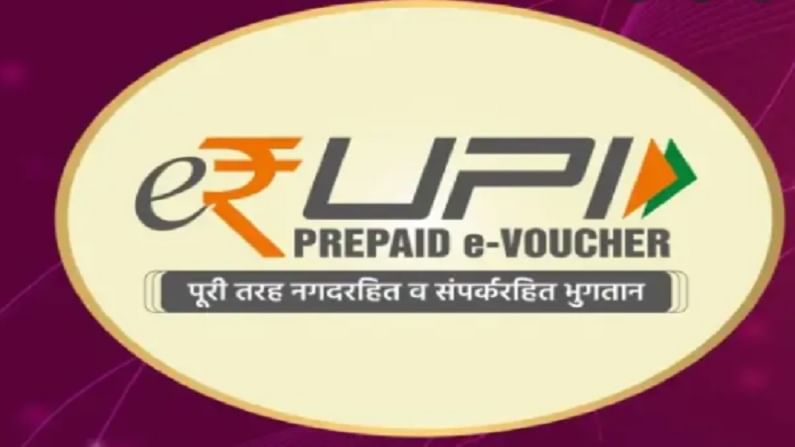e-RUPI: A giant leap forward?
Even as there is near universal access to bank accounts in India, we must appreciate the fact that e-RUPI does not require a smartphone

Prime Minister Narendra Modi recently launched e-RUPI, which is a new payment method developed by the National Payment Corporation of India on its UPI platform. Essentially, e-RUPI is a QR code or SMS string-based e-voucher which is delivered directly to the mobile phone of beneficiaries. This is a cashless and contactless digital payment mechanism that allows beneficiaries to redeem the voucher without a card, digital payments app or internet banking access.
India has largely been successful in building one of the most sophisticated digital payments mechanism that has been regularly deployed to provide direct support in the form of cash transfers to the poor. Cumulatively, 17.66 lakh crore rupees of direct cash transfers have been provided by the Indian government using this mechanism, which has resulted in 1.78 lakh crore worth of gains to the government.
Eliminating pilferage
These gains have occurred largely as the digital transfer of subsides ensures negligible leakage and better targeting – which eventually enables the government to use its resources in an efficient manner. After all, whatever the government spends, it comes either from tax revenues collected from us, or from the money they borrow from us (& perhaps the occasional stake sales in PSUs, or their profits etc – both of which are negligible and rare). Therefore, as taxpayers, it is reassuring to see that the government has invested in building a digital ecosystem that is enabling savings by reducing leakages.
The e-RUPI is yet another addition to this robust payment ecosystem as it brings the added advantage of restricting the purpose of the voucher. That is, the new payment mechanism is essentially like a digital gift-card which can be issued by people to beneficiaries. The only catch is that the beneficiaries can use it only for the intended purpose. Thus, if suppose corporates issue vouchers for vaccinations to their employees, they can use the e-RUPI for payment for getting their doses at private vaccination centres. In fact, the e-RUPI will only be valid for making the payment(s) for the intended purpose with which the voucher was issued in the first place.
Citizens to benefit
This is important as many have criticised the use of direct cash transfers by pointing out how the money will be used for consumption of ‘sin’ products. The new mechanism will ensure that the ‘benefits’ transferred can be used only for the intended purpose. This opens up a lot of opportunities for adoption of the e-RUPI by the government over the coming months.
In some ways, the e-RUPI is like a smart card proposed by Arvind Virmani while he was at the planning commission. In fact, the discussion of a voucher-based subsidy program has been around since the late 1990s as the then NDA government explored mechanisms to reduce the leakage of subsidies. A key hinderance towards adoption of such a subsidy mechanism was the lack of adequate bank accounts, however, the current dispensation addressed that problem long ago with the launch of the Jan Dhan accounts.
Even as there is near universal access to bank accounts in India, we must appreciate the fact that e-RUPI does not require a smartphone or an active internet connection to facilitate secure payments. That the system works on any feature phone just as UPI – and its ability to use 2G SMS networks for facilitating secure & contactless payment shows the ability of our engineers to design a truly inclusive payment system. Wider adoption of e-RUPI, just as that of UPI can further lead to efficiency gains in payments through more inclusive digital transactions even in rural areas. This also means that there is now a greater space available for India’s FinTech companies as they can build on top of this new product.
There is also a lesson here for many developing countries as they too face similar challenges. The problems of beneficiary identification, inclusion-exclusion errors and leakages adversely impact even their welfare programs. They too can emulate the DBT-JAM model in their respective countries and in the process, create a modern robust digital payments mechanism that can aid their economic growth. Many countries are already exploring a BHIM type payment system – and we can expect many others to adopt something similar over the coming years.